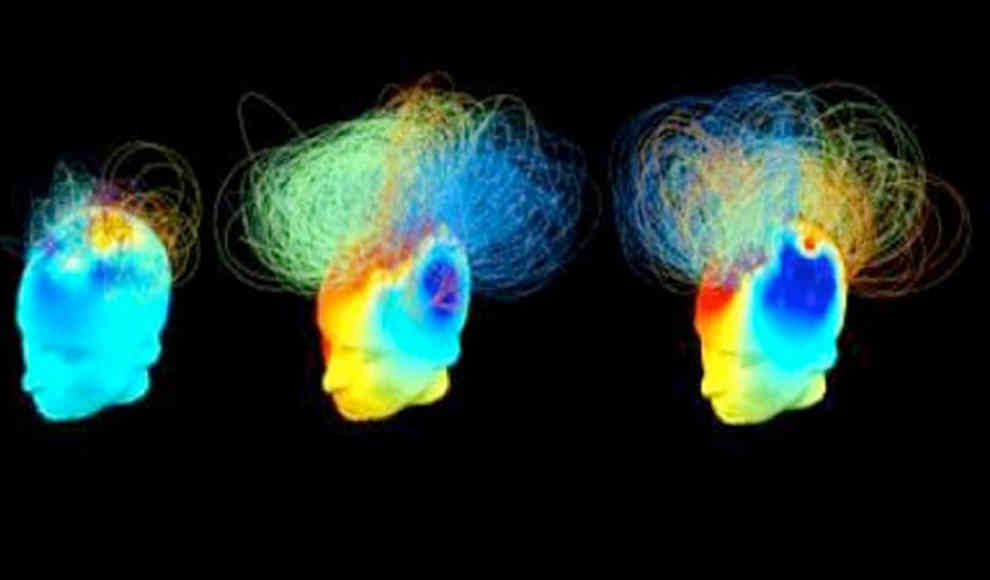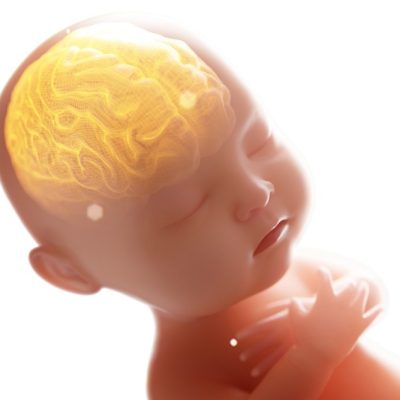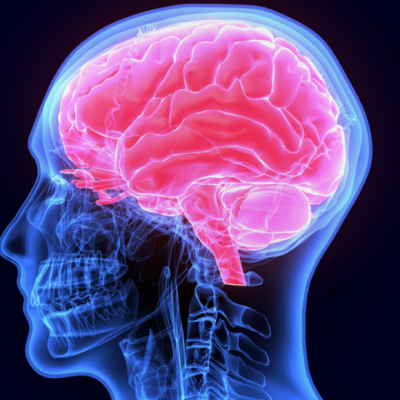Neuroscientists have made a breakthrough in the communication understanding of coma patients by using EEG brain scans to locate hidden brain activities. The tests show that these patients react similarly to visual or verbal stimuli as healthy individuals. This is a significant advancement in communication comprehension during such a critical health condition. The vegetative state of a coma patient often exceeds the capacity of family members to interact or communicate with them. It seems as though the person is awake, yet there is no access to the patient’s mind. This state can last indefinitely, and healing may not occur. Due to the powerlessness of doctors and family members, this phase of life is extremely stressful.
Now, neuroscientists have found a way to overcome the verbal barrier of communication and access the intact brain functions of some affected coma patients. By using EEG brain scans, the neural activities of damaged brains can be evaluated. These data show a network of brain functions and indicate functioning activities during this state. In a trial study of 32 coma patients, researchers at the MRC Cognition and Brain Sciences Unit at the University of Cambridge found various results. Unlike the previous, very complicated, and costly fMRI procedure, EEG brain scans could detect some very precise areas of functioning neural networks in patients.
Dr. Srivas Chennu from the Department of Clinical Neurosciences at the University of Cambridge emphasizes the importance of the new findings. Especially for family members, such information is particularly important and motivating because the evidence of functioning brain activities is encouraging and empowering. Although the scientific connections of brain functions remain extremely complicated and are more useful for observing than for therapy to aid the patient’s recovery.










